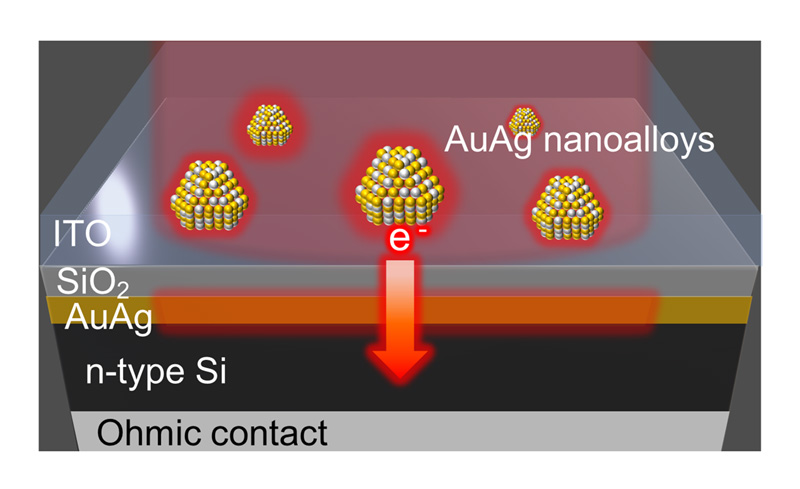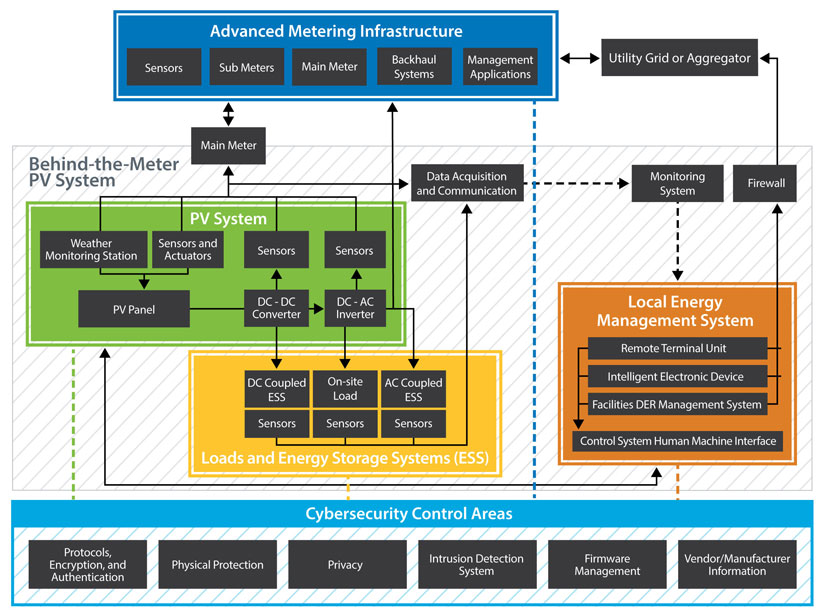2024-02-19 デラウェア大学 (UD)
◆最近の研究では、潮汐塩性湿地の土壌に高濃度のメタンが存在し、これが周囲の湾や河川に移動していることが示されている。この発見は、地球温暖化の観点から重要であり、温暖化対策の考え方を見直す必要があるかもしれない。
<関連情報>
- https://www.udel.edu/udaily/2024/february/methane-tidal-salt-marshes-soils-rodrigo-vargas/
- https://onlinelibrary.wiley.com/doi/full/10.1111/gcb.17050
潮汐のある塩性湿地の土壌に高濃度のメタン: メタンはどこへ行くのか? High methane concentrations in tidal salt marsh soils: Where does the methane go?
Margaret Capooci, Angelia L. Seyfferth, Craig Tobias, Andrew S. Wozniak, Alexandra Hedgpeth, Malique Bowen, Jennifer F. Biddle, Karis J. McFarlane, Rodrigo Vargas
Global Change Biology Published: 30 November 2023
DOI:https://doi.org/10.1111/gcb.17050

Abstract
Tidal salt marshes produce and emit CH4. Therefore, it is critical to understand the biogeochemical controls that regulate CH4 spatial and temporal dynamics in wetlands. The prevailing paradigm assumes that acetoclastic methanogenesis is the dominant pathway for CH4 production, and higher salinity concentrations inhibit CH4 production in salt marshes. Recent evidence shows that CH4 is produced within salt marshes via methylotrophic methanogenesis, a process not inhibited by sulfate reduction. To further explore this conundrum, we performed measurements of soil–atmosphere CH4 and CO2 fluxes coupled with depth profiles of soil CH4 and CO2 pore water gas concentrations, stable and radioisotopes, pore water chemistry, and microbial community composition to assess CH4 production and fate within a temperate tidal salt marsh. We found unexpectedly high CH4 concentrations up to 145,000 μmol mol−1 positively correlated with S2− (salinity range: 6.6–14.5 ppt). Despite large CH4 production within the soil, soil–atmosphere CH4 fluxes were low but with higher emissions and extreme variability during plant senescence (84.3 ± 684.4 nmol m−2 s−1). CH4 and CO2 within the soil pore water were produced from young carbon, with most Δ14C-CH4 and Δ14C-CO2 values at or above modern. We found evidence that CH4 within soils was produced by methylotrophic and hydrogenotrophic methanogenesis. Several pathways exist after CH4 is produced, including diffusion into the atmosphere, CH4 oxidation, and lateral export to adjacent tidal creeks; the latter being the most likely dominant flux. Our findings demonstrate that CH4 production and fluxes are biogeochemically heterogeneous, with multiple processes and pathways that can co-occur and vary in importance over the year. This study highlights the potential for high CH4 production, the need to understand the underlying biogeochemical controls, and the challenges of evaluating CH4 budgets and blue carbon in salt marshes.



